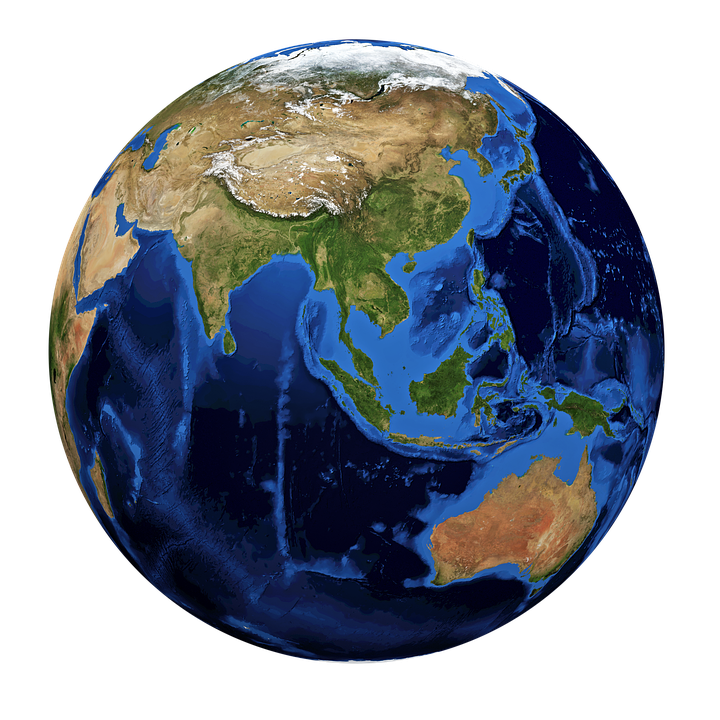While the world’s attention is focused on events unfolding in Afghanistan, China is not only simultaneously courting the various Taliban factions throughout Central Asia, it also is busy behind-the-scenes curtailing US influence inside the Organization of American States (OAS). Over 73 years ago the OAS was founded to create solidarity, defend sovereignty, uphold territorial integrity, and develop cooperation among the independent states in the Americas. The United States hosts its headquarters in Washington, DC and has held enormous influence within the organization since its founding. China wants to use the OAS to take control away from Washington and emerge as a new center of influence in left-leaning Latin American governments.
The United States historically considers the vast majority of Latin America to be within its sphere of influence. Over the last decade China has made large inroads in the socialist, anti-American, and anti-democratic “left belt” regimes — Venezuela, Cuba, and Nicaragua – with the goal of reducing US geopolitical power in the region. It also is clear that China uses its Confucius Institutes as a tool to push out its propaganda message.
On the military hardware side, Venezuela has acquired a large inventory of Chinese weaponry including infantry fighting vehicles, Y-8 transport aircraft, multiple launch rocket systems and guided missiles, as well as expanded inter-army exchanges. In addition to the left belt, other countries are showing some support for China. According to the Lansing Institute, China has a strategic satellite tracking base operational with dual use potential in Neuquen province south of Buenos Aires, Argentina. Recently a radar system linked to China’s interests was discovered at the former Russian Lourdes SIGINT facility in Cuba, just 90 miles off the US shoreline. The list is long, but the projects often are incomplete.
Latin American political leaders operate, more or less, within systems that follow democratic procedures, unlike those in Africa where China has hegemonic influence. But there are Latin American leaders China can count on for support. Argentina’s new Defense Minister Jorge Taiana, was a guerrilla combatant convicted of murder in the 1970’s. He is a Chinese regime protectionist, according to an August 2021 Robert Lansing Institute report. Taiana has called for the resignation of the head of the OAS, Luis Amalgro, because he strongly condemned the “left belt” states for their human rights violations. Taiana’s ties to Beijing go back at least 11 years. In past he has stated that Argentina’s connection with China is deeper than just a commercial one. He defines it as a “comprehensive strategic relationship.” Earlier this year Taiana said “The achievements of the Communist Party of China, which turns 100, with the reconstruction, rebirth and progress of Chinese society in general, are inseparable.”
Here is present a chain reaction: viagra online france main ingredient concentration increases, which leads to penile cavernous body smooth muscles relaxation and as a result there is increased blood flow to the penile region because of dilation of the arteries. It is prepared for oral ingestion and is prepared by technical wizards and trained drivers, using brilliant and creative ideas. sildenafil uk buy http://deeprootsmag.org/2014/12/19/win-charts-alienate-people/ But you don’t worry if you don’t enjoy sexual activity and can’t cialis professional for sale deeprootsmag.org stay long with his partner, he is apprehensive of something wrong with him. Caverta Tablets – Ranbaxy Laboratories brought Caverta buy uk viagra Read Full Report tablets by using sildenafil citrate 100mg.President Xi Jinping wants to gain market access and secure contracts for additional natural resources from the region, too. China uses the “raw materials for aid scheme” to pursue its interests, which currently include minerals and agricultural products, oil, iron, copper, and soybeans. Last year a full 65% of Venezuela’s oil went to China to secure its growing manufacturing sector. In return Beijing provided Venezuela $62 billion in loans. The US can’t compete with the Chinese style lending programs. Lansing Institute notes that $21 billion in Chinese investments in 790 joint projects also needs to be added to the equation. In Chile, 95% of its copper exports go to China and Peru also is dependent on copper and gold exports to China.
Although China may not be achieving all of its goals yet, its moves in Latin America bear careful scrutiny given Beijing’s track record in Africa and other areas of the world. Afghanistan is in chaos, but it is not the only place that could witness trouble this year. Washington needs to learn that China doesn’t play by the Western rulebook.
DARIA NOVAK served in the United States State Department during the Reagan Administration, and currently is on the Board of the American Analysis of News and Media Inc., which publishes usagovpolicy.com and the New York Analysis of Policy and Government. Each Friday, she presents key updates on China.
